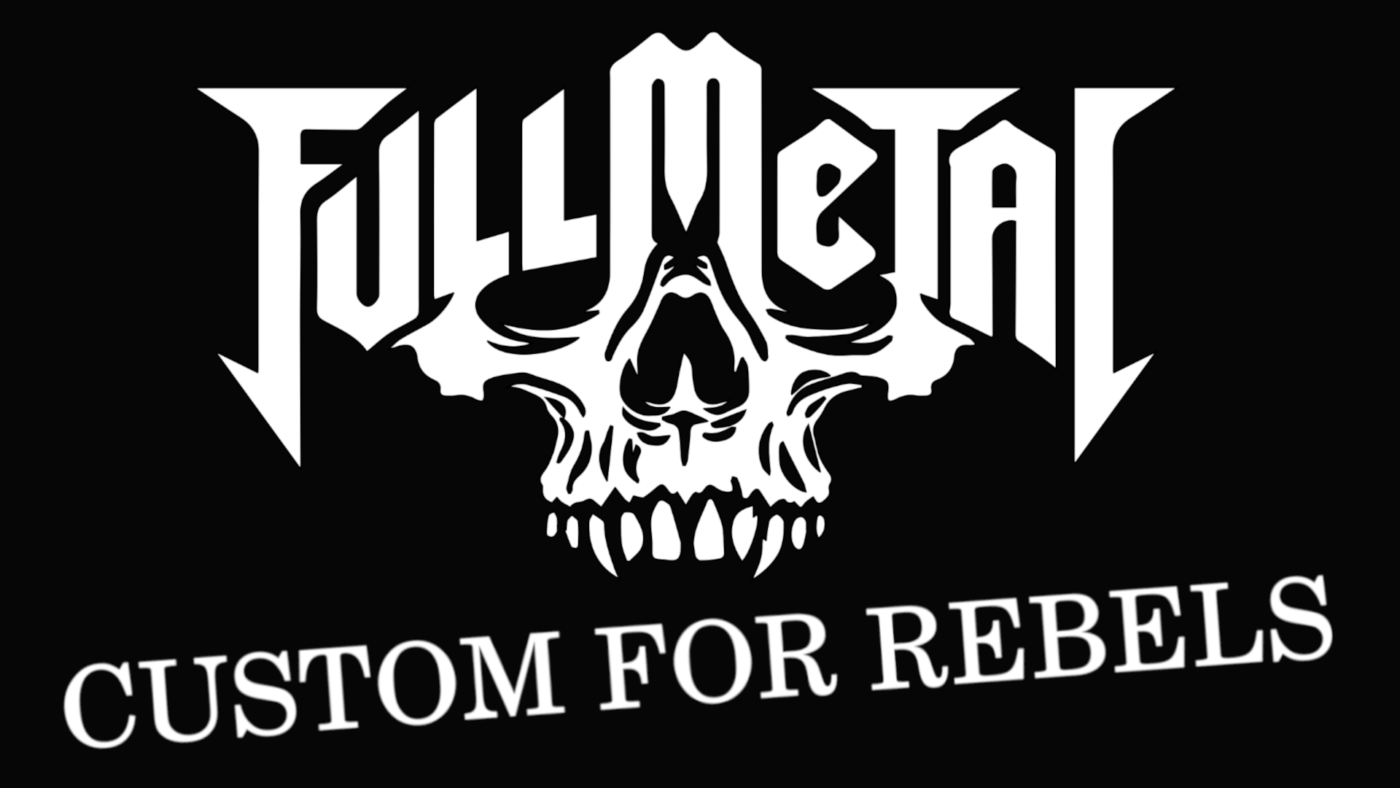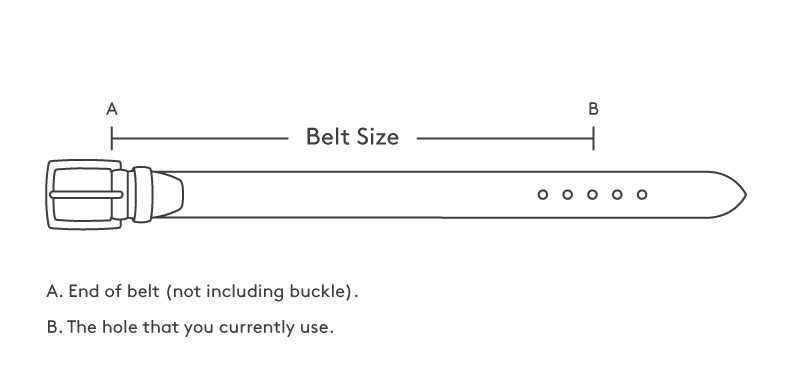The Ultimate Guide to Leather Types: What You Need to Know Before Buying
Leather is more than just a material—it’s a statement. Whether you’re rocking a custom wallet, a rugged belt, or a battle-ready bracelet, the type of leather used makes all the difference. Not all leather is created equal, and if you’re investing in high-quality, long-lasting gear, you need to know what you’re getting.
Here’s a breakdown of the most common types of leather, their qualities, and which ones are worthy of your collection.
1. Full-Grain Leather – The Undisputed King
If you want leather that lasts a lifetime and only gets better with age, full-grain leather is your go-to. This is the highest-quality leather available because it includes the outermost layer of the hide, which is the toughest and most durable part.
-
Pros: Strong, durable, and develops a beautiful patina over time.
-
Cons: Expensive, but worth every penny.
-
Best For: Wallets, belts, high-end bracelets, and premium custom gear.
2. Top-Grain Leather – The Refined Warrior
Slightly below full-grain in terms of quality, top-grain leather is sanded and treated to remove imperfections, making it smoother and more uniform in texture. It’s still durable, but lacks some of the raw, rugged feel of full-grain leather.
-
Pros: More affordable than full-grain, resistant to stains.
-
Cons: Less durable over time, won’t develop as rich a patina.
-
Best For: Mid-range wallets, stylish belts, and everyday carry accessories.
3. Genuine Leather – The Misleading Label
Despite its name, genuine leather is not top-tier leather. It’s made from the lower layers of the hide, often bonded together with adhesives and finished with an artificial grain. It looks good at first but tends to wear out faster.
-
Pros: Cheap and widely available.
-
Cons: Less durable, doesn’t age well, can feel synthetic.
-
Best For: Budget-friendly accessories, temporary fashion pieces.
4. Bonded Leather – The Lowest of the Low
Bonded leather is essentially the “scrap metal” of the leather world—made from leftover leather scraps, ground up and glued together. While it’s the cheapest option, it has little durability and often cracks and peels over time.
-
Pros: Very cheap.
-
Cons: Weak, prone to cracking, short lifespan.
-
Best For: Avoiding altogether if you want real quality.
5. Nubuck Leather – The Soft Rebel
Nubuck is top-grain leather that has been sanded down to give it a soft, suede-like texture. It’s luxurious and has a velvety feel, but it’s more susceptible to stains and water damage.
-
Pros: Soft and stylish, high-end feel.
-
Cons: Requires extra care, stains easily.
-
Best For: Fashion-forward accessories, specialty items.
6. Suede – The Wild Card
Made from the underside of the hide, suede is known for its softness and flexibility. It has a distinct, fuzzy texture but lacks the toughness of full-grain leather.
-
Pros: Lightweight, soft, and stylish.
-
Cons: Absorbs moisture easily, requires maintenance.
-
Best For: Jackets, gloves, stylish accessories.
7. Exotic Leathers – For Those Who Want to Stand Out
If you want something truly unique, exotic leathers like alligator, snake, and ostrich offer a distinct look and feel. These leathers are rare, expensive, and not for everyone, but they add an undeniable edge to your gear.
-
Pros: Unique textures, premium appeal.
-
Cons: Very expensive, sometimes controversial.
-
Best For: Statement pieces, luxury wallets, one-of-a-kind accessories.
Which Leather is Right for You?
If durability and raw quality matter most, go for full-grain leather. If you want something sleek but slightly more affordable, top-grain leather is a solid choice. For true rebels, exotic leathers or rugged nubuck can give you a unique edge.
Whatever you choose, make sure it’s built to last. At FullMetal Custom, we only use high-quality, durable leather so your gear stays battle-ready for years. No shortcuts, no compromises—just pure craftsmanship.
Looking for Custom Leather Gear?
Check out our collection and personalize your piece with custom embossing and engraving. Make it yours, make it legendary.

